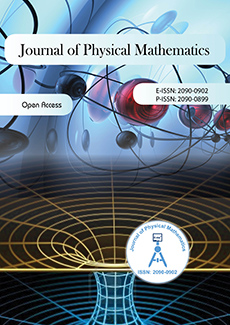Abstract
We obtain the low-lying energy-momentum spectrum for the imaginary-time lattice four-Fermi or Gross-Neveu model in $d+1$ space-time dimensions ($d=1,2,3$) and with $N$-component fermions. Let $0<\kappa\ll 0$ be the hopping parameter, $\lambda>0$ the four-fermion coupling, $m>0$ the bare fermion mass and take $s\times s$ spin matrices ($s=2,4$). Our analysis of the one and the two-particle spectrum is based on spectral representation for suitable two- and four-fermion correlations. The one-particle energy-momentum spectrum is obtained rigorously and is manifested by $\frac{sN}{2}$ isolated and identical dispersion curves, and the mass of particles has asymptotic value order $-\ln\kappa$. The existence of two-particle bound states above or below the two-particle band depends on whether Gaussian domination does hold or does not, respectively. Two-particle bound states emerge from solutions to a lattice Bethe-Salpeter equation, in a ladder approximation. Within this approximation, the $(\frac{sN}{2}-1)\frac{sN}{4}$ identical bound states have $\mathcal{O}(\kappa^0)$ binding energies at zero system momentum and their masses are all equal, with value $\approx -2 \ln \kappa$. Our results can be validated to the complete model as the Bethe-Salpeter kernel exhibits good decay properties.
Citation
Paulo A. Faria da Veiga. Petrus H. R. dos Anjos. "The Low Lying Energy-Momentum Spectrum for the Lattice Four-Fermi Model." J. Phys. Math. 3 1 - 12, March 2011. https://doi.org/10.4303/jpm/P110901
Information




